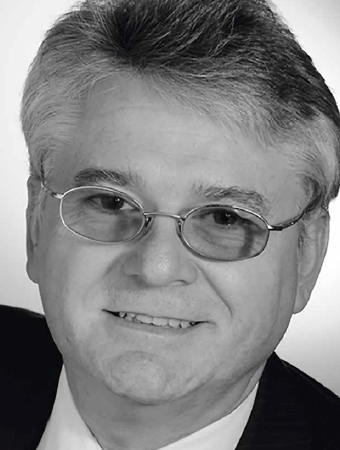The Value of High-End Labs for High Quality Lighting
With the relocation to the Augsburg site in 2015, the Osram laboratory equipment includes a number of integrating spheres of different sizes up to 3 meters in diameter, several goniophotometers A/B/C types, a rotary mirror light distribution meter and a hemispherical goniometer with a measurement radius of 2.65 meters, optical bench measuring systems with up to 35 meter measuring distance, corresponding high-quality photometric receivers and spectral radiometers as well as the necessary components for the electrical operation of lamps - according to customer or standardized specifications.
The competence of the lighting engineering laboratory has been confirmed by our DAkkS accreditation for lighting technology (luminous flux). All photometric and physiological test methods and calculations for the determination of light properties and light quality are also accredited in the test laboratory.
An outstanding measurement technology, exceptionally high know-how and the continuous traceability of measurements to national and international standards ensure internationally recognized results. For this reason, the use of calibration lamps, which Osram manufactures in Augsburg, also guarantees a consistently high standard in all our quality laboratories and measurement services worldwide. Through regular comparisons with the PTB and through the participation in international round robin test with the best comparative results we control and ensure the permanently high quality of our services.
To see well we need good light quality. In order to be able to determine the light quality of lamps and lamps, photometric and radiometric measurements must be carried out. Only on the basis of broad and well-founded equipment and a recognized competence, a lab can offer the customers a comprehensive service for lighting technology questions.
For example, to reliably, repeatedly determine photometric and radiometric data from spotlights, countless influences which can falsify the result must be recognized, corrected or eliminated.
Light, however, has also many other facets which may affect humans. Daylight controls many biological processes in our body and thus our inner clock. It depends on the light whether we are active or tired, whether we can concentrate and feel comfortable. Some studies have shown that the reaction times can be improved when light contains a higher amount of blue radiation. We also feel better during the day with appropriate light, and our ability to concentrate increases. In addition, light promotes the formation of serotonin, a messenger that is known as a happiness hormone and is positive for us. - It's all a matter of the spectrum, intensity and distribution of the light!
Based on the spectral distribution of a light source, accepted statements can be derived for photometric properties (luminous flux, luminous intensity, luminance and luminous intensity), colorimetric properties (color shift, CCT, color rendering properties, etc.) as well as photo biological properties and effects of light sources. Furthermore, potential hazards for possible eye damage caused by radiation sources can be determined and made transparent by giving recommendations for a safe use (optical radiation safety). Gonio-photometric measurements in the far-field and near-field, can provide necessary information and data structures for light planning and simulation calculations (ray data processing). And finally, the evaluation of properties for the energy efficiency of lighting systems is a matter of electrical measurement technology for the system operation of lamps and luminaires.
In Brief: Well equipped lighting laboratories and a high competence are essential to fulfill all these tasks and to guarantee high-quality lighting.
Klaus Ludwig
He is head of Osram’s Central Light Measurement Laboratory I LMA LMs in Augsburg. He has 34 years of professional experience in the laboratory, 25 of which he has been the laboratory manager and quality management representative.
At the Vereinigte Motorverlage, headquartered in Stuttgart he led the laboratory for comparison tests in the entertainment and communications electronics segment, as well as in the optical sector for the magazines: audio, autohifi, connect, colorfoto, plus, stereoplay, video and videoaktiv for 17 years.
Since November 2008 he has been working as a segment manager for luminaires and multimedia at TÜV Product Service GmbH.
(c) Luger Research e.U. - 2017

